All About High-Frequency Trading
$15.59
| Author(s) | |
|---|---|
| Format |
|
| Pages |
241 |
| Publication Year |
2010 |
All About High-Frequency Trading examines the practice of deploying advanced computer algorithms to read and interpret market activity, make trades, and pull in huge profits—all within milliseconds. Whatever your level of investing expertise, you’ll gain valuable insight from All About High-Frequency Trading’s sober, objective explanations of:
- The markets in which high-frequency traders operate
- How high-frequency traders profit from mispriced securities
- Statistical and algorithmic strategies used by high-frequency traders
- Technology and techniques for building a high-frequency trading system
- The ongoing debate over the benefits, risks, and ever-evolving future of high-frequency trading
Introduction:
What is high-frequency trading? Great question! And it’s about time for an answer, because everyone seems to be talking about it—and forming strong opinions about it—and when that happens, it’s usually a good thing to know just what it is. Does high- frequency trading relate only to stock trading? Or does it include automated trading of stock derivatives such as options? Does it encompass any type of automated trading, where computers make the decisions humans once did? Or does it pertain only to the dubious practices of the sharks sophisticated trading firms who, like the merchant above, move markets in their favor just because they can get away with it? Well, since nobody can quite answer these questions, let’s just make our own definition and get on with it.
In general, high-frequency trading (HFT) refers to the buying or selling of securities wherein success depends on how quickly you act, where a delay of a few thousandths of a second, or milliseconds, can mean the difference between profit and loss. HFT happens not only in the stock markets but in the markets for stock options and futures as well. Naturally, not every reason for trading requires speedy execution. Certainly not, say, buying stock because you think the company will do well over the coming years or cashing out your 401(k) to buy the Harley you’ve had your eye on since you were sixteen. But plenty of trading strategies do indeed depend on how quickly you can spot a profitable trading opportunity in the market—and how quickly you respond with a trade order to seize that opportunity before somebody else does. We’ll describe a number of such strategies later on.
The high-frequency trader evolved from the ranks of the traditional market-maker, or specialist, whose primary source of profit was the spread between the prices at which he bought and sold. Unlike the traditional market-maker, however, and owing to developments like decimalization and advances in technology, the high-frequency trader must settle for much narrower spreads—razor-thin margins of a penny or less. As such, high-frequency traders operate in massive scales. Indeed, the larger high- frequency trading firms now glide through the markets scooping up vast mouthfuls of trades like a whale does krill.
Contents:
- Busted
- Trading 101
- Trading Strategies
- Achieving Speed
- Under the Hood
- The High-Frequency Trading Debate
All About High-Frequency Trading By Michael Durbin pdf
15 reviews for All About High-Frequency Trading
Clear filtersOnly logged in customers who have purchased this product may leave a review.

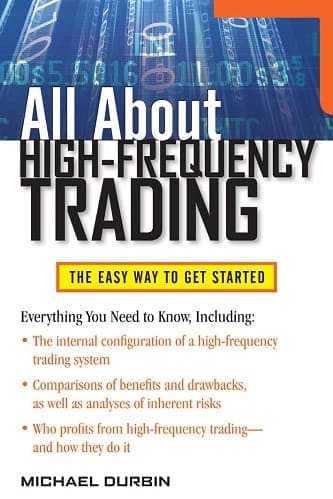
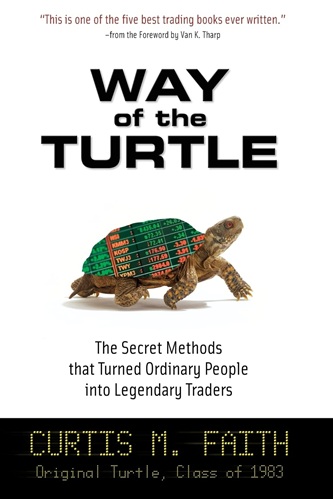
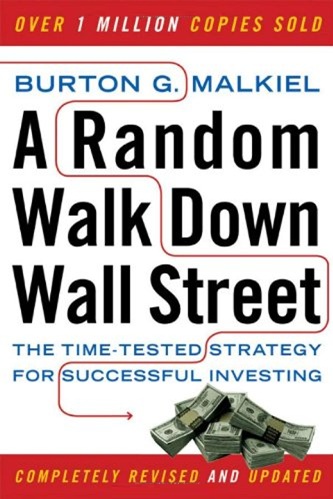
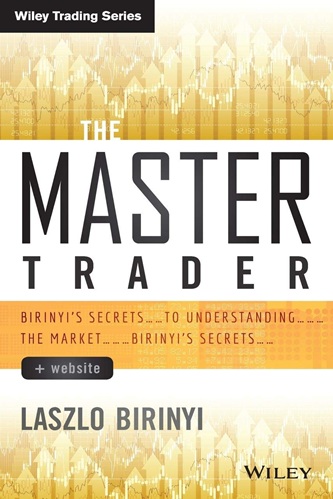
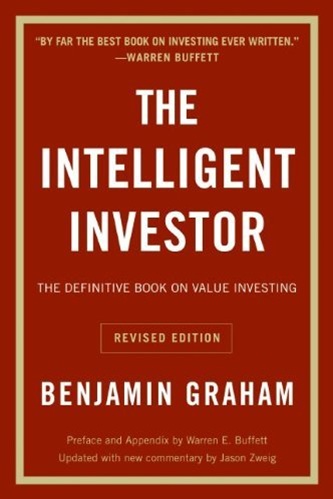
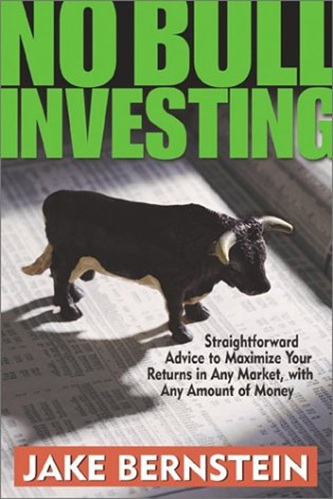
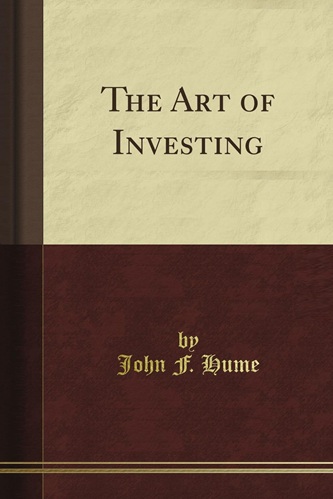
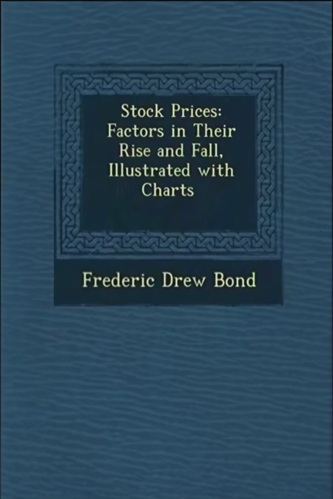
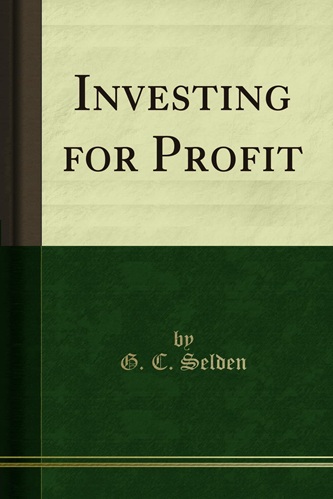
Cedric Moore (verified owner) –
I work in this sort of industry. This book was a gift from me to a manager who knows little about what we do. He’s a smart guy so he “got it” very quickly. It lacks a little bit on the IT side – but thats not the purpose of the book so deducting one star is possibly harsh. If you want to understand HFT, there are few better places to start in my opinion.
Lawson McBride (verified owner) –
It allows you to understand this sophisticated business, some of the key challenges from an IT perspective and some recommendations. Of course, IT evolves so fast that this book should be updated every year, but the main concepts are still useful
Leif Johns (verified owner) –
I got this book because it was recommend by my professor. If you are into high frequency trading, this book is for you. It theaches about theory and concepts.
Giovanna Garrett (verified owner) –
The author introduces high-frequency trading in this book, including strategies and system set-up. The author keeps the book at the level that is every easy to follow and does not require any background on mathematics or finance. On the other hand, this is also not a book that reveals much insight you do not see from newspapers already.
Marlowe Becker (verified owner) –
“This book, a flyover of the high-frequency trading landscape, is written and organized for the reader with little or no prior knowledge of, well, anything to do with trading”.
(from the Preface).
Measured by this standard the book is an excellent one. The author has a sound journalistic style of writing. One has also the impression that he knows what he is talking about. At least I have found only a minor glitch (the flash-crash did not happen on March 6th but May 6th 2010). The generell view on HFT is also balanced. Durbin states first that there is little scientific knowledge about the exact mechanism of markets. Every claim is at the end speculative. This is inline with my own view (see the review of [1]). He presents in a neutral way the most common pro- and contra-arguments for HFT.
One can’t expect from this book deep insider information. It is a flyover, a journalistic book. But I learned much more from Durbin than from the “scientific” book of Irene Aldridge. Aldridge is a clueless MBA-gal. Durbin seems to have smelled already real trading air. In any case his book is a nicer read.
Janiyah Mann (verified owner) –
Like many other titles in the “All About” series, this book is *not* about how to do things, but rather a perfunctory introduction to the topic at hand. Everything is discussed in general terms, with hypothetical examples used in the simpliest manners.
The biggest problem with the book as a sort of a primer is, it just does a very poor job at explaining all the different things involved in high-frequency trading, from the actual roles (profit and otherwise) of the exchanges to examples of broker-dealers and market-makers to why certain conditions exist for high-frequency trading. Sometimes the author takes the reader to be a “fool” who has to be explained the most basic concepts in finance, yet other times he assumes the reader is familiar with certain esoteric concepts.
For example, here’s an excerpt from the only place where VWAP is mentioned: “For example, in our 1.00 x 1.10 market, a broker may guarantee an execution at $1.05 or $1.06 or some other midmarket price to their customer, confident he can use strategies like our investor strategies to trade at that price.” Huh? What customer? What investor strategies? What is this “guarantee”? How is it achieved? No explanation before or after.
The book is filled with typos, some of which concern the numbers in an order book and which can throw the reader off. It’s obvious the book was hastily written and edited.
In the end, the book does a poor job explaining exactly what high-frequency trading does and how (even in general terms) high-frequency traders make money. In a book that claims to be “all about” the topic, it falls far short of that goal.
Sadie Haley (verified owner) –
Good overview
Orion Cox (verified owner) –
All about how us ‘little guys’ are getting screwed!
Lilah Giles (verified owner) –
Durbin’s work provides a great foundation to better understand the exciting and exotic world of high frequency trading (HFT). In addition, for you IT fans (like me), he provides an interesting description of the IT requirements to build a successful HFT platform. Finally, in the last section of the book, Durbin covers some of the commonly debated pros and cons of HFT and its affect on market quality.
Durbin readily admits throughout the work that he isn’t advertising the book as the ‘secret sauce’ to HFT. But that’s ok: as an experienced industry player in the area of institutional trading on the ‘buyside’, you’re getting a lot of bang for your buck and would offer that he is outlining the issues correctly and all the while keeping the reader engaged in the material. Did I need to read this book? Nope, this is part of my day job, but I like the topic and found little nuggets along the way that made it worth the read. Also, there is a whole section on IT that I have not been directly exposed to which I really enjoyed.
Finally, Durbin’s background at Citadel, among other places, makes him a very credible author and in better postion to write a book on this topic than others I’ve seen around.
Bottom line? I think there is something in this book for everyone who is interested in the topic.
Kole Wilkerson (verified owner) –
Fantastic book and a great, easy, simple introduction to HFT.
Anthony Horne (verified owner) –
As a long-time quant trader / software engineer myself, I have to warn that this is not a practitioner’s book. Another choice might be “Algorithmic Trading & DMA” by Barry Johnson.
Emily Chambers (verified owner) –
You will not be able to create your own strategies by reading this book but you will know the basics of HFT.
Kelsey Montgomery (verified owner) –
I have an MBA but I don’t work in finance. This book provides a fantastic overview of high frequency trading, starting with a nice introduction of market structure. Some knowledge of trading and options will let you get more out of this book. Fortunately, I’ve been reading up on hedge funds lately. Just the section on trading strategies is worth the price, though please realize that those strategies are very difficult for individual investors to pursue.
Maximiliano Ortega (verified owner) –
The book is a good description of some of the issues involved in high frequency trading. It is a bit dry (you expected maybe Oliver Twist?) and is certainly not meant for a very sophisticated reader (the kind who would be reading, say, Empirical Market Microstructure: The Institutions, Economics, and Econometrics of Securities Trading (no judgement on the quality of the two books), but one has to start somewhere. The only way to REALLY learn the subject is to work at an HFT shop, since this is not the sort of thing that you can do on your laptop from the den, unless you have a lot of money to burn competing with Getco.
Nehemiah Christian (verified owner) –
I really enjoyed this book and how the author is a practitioner w/good insight to HFT but keeps the reader from getting overwhelmed on details. Other traders who want to learn the basics would also appreciate the book, even though the systems described are mostly for institutional funds like the one the author previously worked for. The writing style was informative and funny which makes it a breeze to read.
Am I going to utilize what he describes, no because it takes immense resources, however I do understand what drives the markets better which is what the book is about.